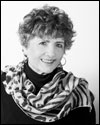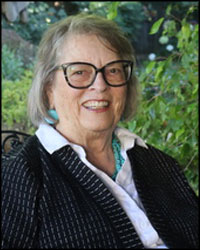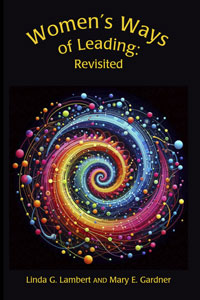Fiction
« Older Entries Newer Entries »The Much-Awaited Third Novel of The Justine Trilogy! Pre-order.
Sunday, March 1st, 2015
A Rapture of Ravens: Awakening in Taos is the sizzling third novel in The Justine Trilogy. Pre-order today
from Amazon.
Tags: much-awaited, pre-order, Rapture of Ravens, Taos, trilogy
Posted in A Rapture of Ravens, Amazon sale, D.H. Lawrence, Fiction, Taos, The Justine Trilogy, trilogy | No Comments » | Leave a Comment



 Mary Gardner, a retired educator, has dedicated much of her life to learning and leading. She was a teacher, administrator, researcher, and continues to be a writer, mentor and consultant. She and Linda are known for their original work in reframing leadership. Their latest book is Women’s Ways of Leading: Revisited.
Mary Gardner, a retired educator, has dedicated much of her life to learning and leading. She was a teacher, administrator, researcher, and continues to be a writer, mentor and consultant. She and Linda are known for their original work in reframing leadership. Their latest book is Women’s Ways of Leading: Revisited.